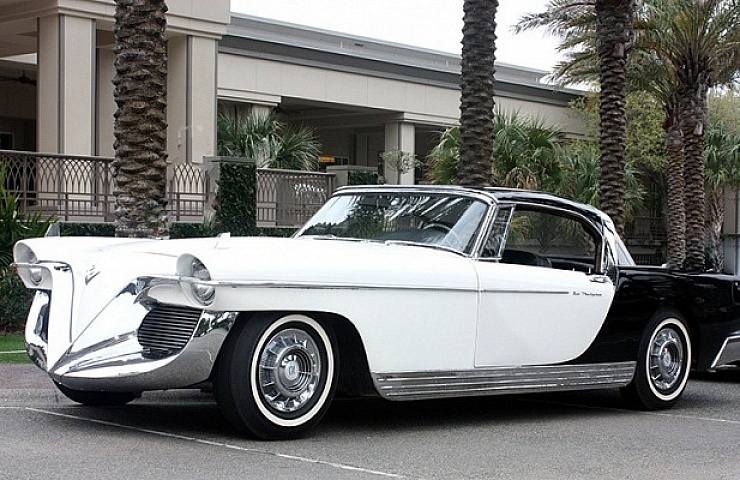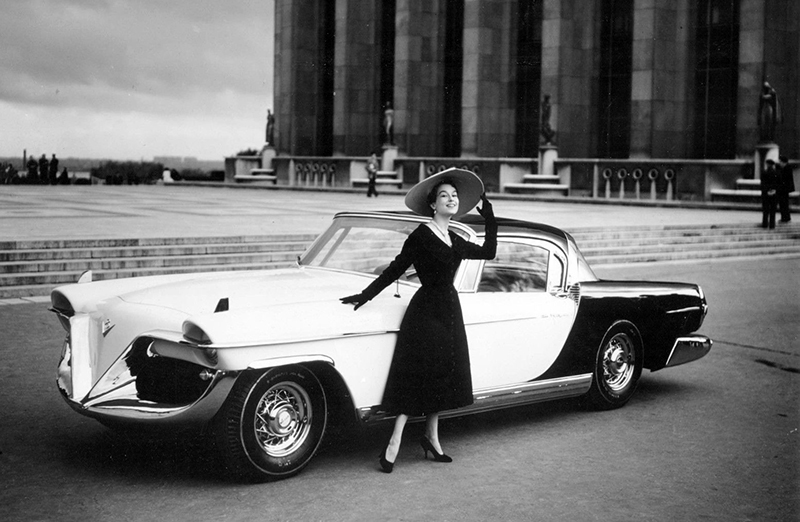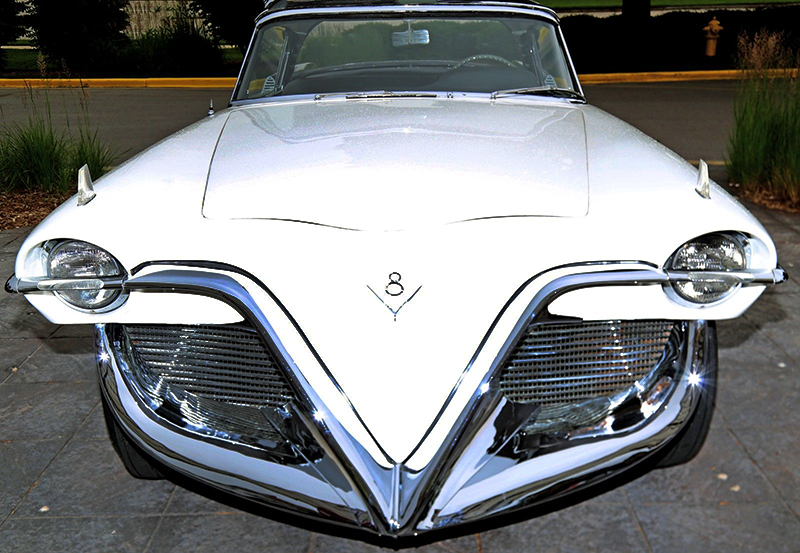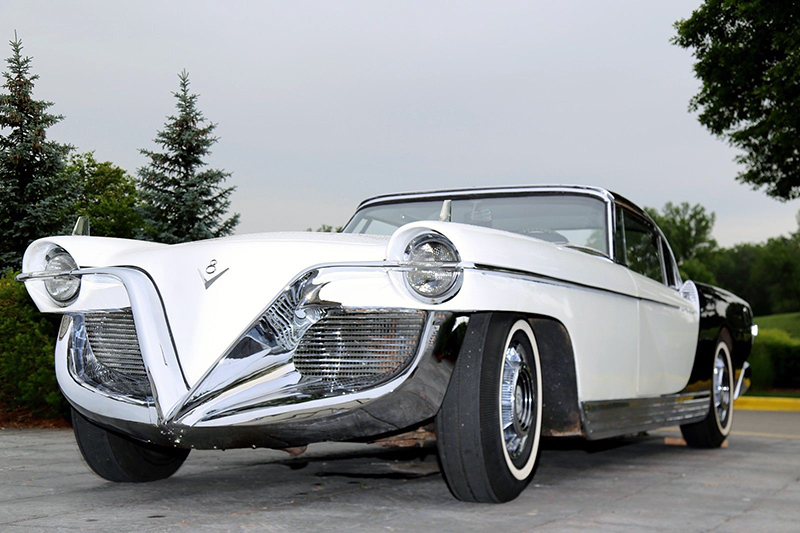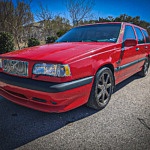Automakers make concept cars to test new design ideas and make a big splash at auto shows. Most of the time, those impractical concept vehicles are used for a season—but scrapped when they leave the show circuit. So when one survives, it’s treasured by collectors. That’s certainly the case with the 1955 Cadillac die Valkyrie, which is still with us six decades after its creation.
The die Valkyrie, which was one of the more outlandish concept cars of the 1950s, was designed by the legendary Brooks Stevens. Two are believed to exist. The one which served as Stevens’s personal transportation was shown at the 2012 Amelia Island Concours by its owner, the well-known concept-car collector Joe Bortz. It will be offered for sale by Worldwide Auctioneers over Labor Day weekend.
Stevens was known for big, bold cars, and the die Valkyrie was one of his most outgoing statements. It was built on a 1954 Cadillac chassis with the early overhead-valve V-8. The car toured both the US and European show circuits in 1955 and 1956. “It won more design awards in Europe than any other American car during the 1950s,” said Bortz, in an interview with eBay Motors.
Since it’s stock Cadillac Eldorado under the concept car skin, the die Valkyrie is easy to service with parts found on eBay. The 331 Cadillac OHV V8 engine, which first appeared in 1949, is similarly supported.
An Eight-Foot Hood
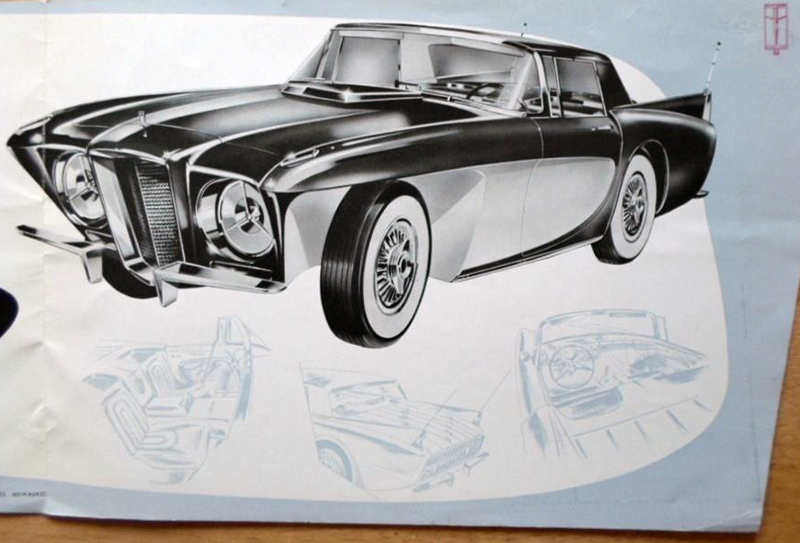
A Gaylord Cars sales brochure featuring the Gladiator Gran Turismo is available on eBay. The Gaylord car was designed by Brooks Stevens and introduced the same year that the die Valkyrie was unveiled.
The elongated features of the 1955 Cadillac are a prime example of the design excess in vogue at the time. The hood slopes down in front into a giant V flanked by chrome grilles. The idea was to celebrate American boldness, of which the V-8 engine was a major exponent. The sides of the car are more restrained, and the styling was echoed in the Studebaker Gran Turismo Hawk that Stevens also designed a few years later. It featured a removable hardtop, a concept introduced that same year on Stevens’s even more outrageous Gaylord Gladiator Gran Turismo.
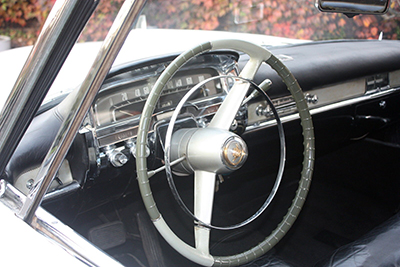
The die Valkyrie was well received, and Stevens himself was quite fond of it. He bought the car for personal use after its time on the show circuit. Stevens’s wife drove it for a few years, during which time it received a repaint in the original colors. The car was then retired to Stevens’s private museum in Milwaukee, Wisc.
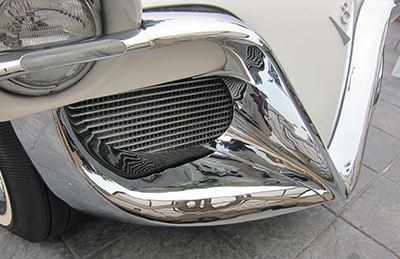
Stevens was a larger-than-life designer, who put his stamp on a wide variety of industrial products between the early 1930s and the late 1970s—ranging from the 1941 Western Flyer recreational vehicle and 1958 Oscar Mayer Weinermobile to the 1959 Scimitar series and the Excalibur SSK Roadster of 1964.
The die Valkyrie Cadillac is a one-of-a-kind historic artifact from a great designer. Wherever it goes, the 22-foot show car will surely get noticed.

